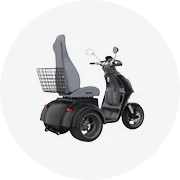Phổ biến trong ngành của bạn




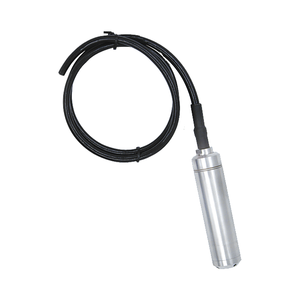

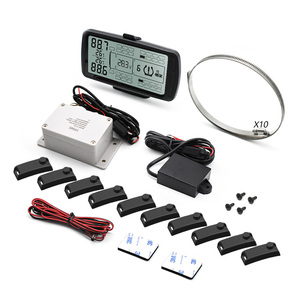










Các tìm kiếm liên quan:


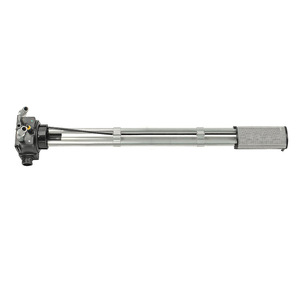




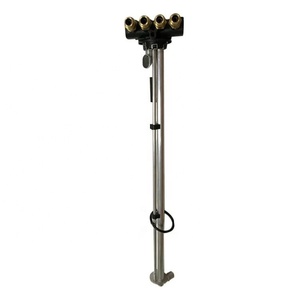

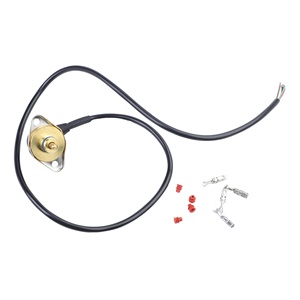

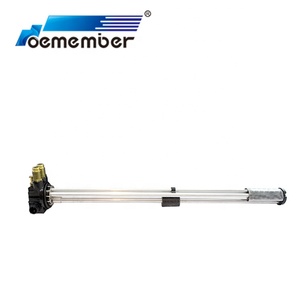


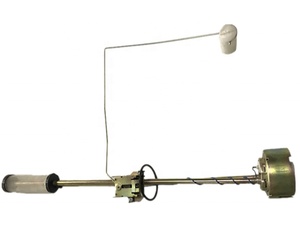
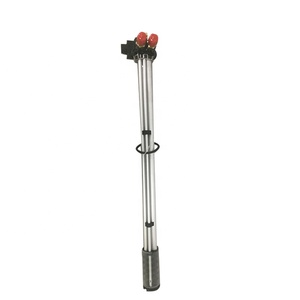

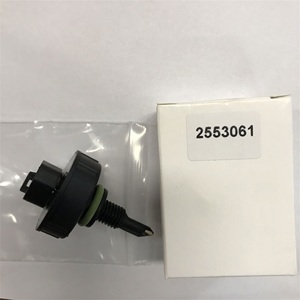


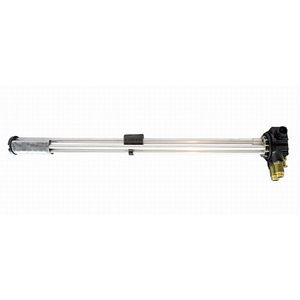
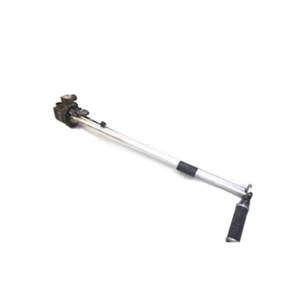





Các danh mục hàng đầu
Giới thiệu về cảm biến mức nhiên liệu xe tải scania
Từ mã lực cho đến mục đích mua, chúng tôi có bán buôn cảm biến mức nhiên liệu xe tải scania ở nhiều kiểu máy khác nhau để hoàn thành các nhiệm vụ được yêu cầu. Khi chọn một xe đầu kéo phù hợp, có một số cân nhắc cần thực hiện.
Đối với những người dự định sử dụng cảm biến mức nhiên liệu xe tải scania , họ sẽ cần xác định hàng hóa mà họ sẽ giao. Đó sẽ là tiêu chí cơ bản để lựa chọn công suất phù hợp mà sơ mi rơ mooc chở được. Đối với việc vận chuyển vật liệu xây dựng, máy kéo hạng nặng và sơ mi rơ moóc sẽ là lựa chọn tốt hơn do khả năng quá tải sẽ tăng lên.
Ngoài ra, keyword tuyến đường mà máy kéo sẽ ảnh hưởng đến quyết định về kiểu dáng của xe sơ mi rơ moóc. Giới hạn tốc độ trên đường cao tốc trên những con đường tương đối bằng phẳng thường cao hơn so với những nơi có địa hình gồ ghề hơn hoặc những khu vực miền núi. Loại máy bán kéo cần thiết cũng sẽ phải xem xét quãng đường mà nó phải di chuyển. Công suất cần thiết của xe tải và máy kéo sẽ rất khác biệt khi xem xét các điểm trên. Để tham khảo, máy kéo một trục có thể là một trong những keyword máy kéo phổ biến nhất được nhìn thấy trên đường.
Từ máy kéo mặt phẳng đến máy kéo đầu cuối, có rất nhiều keyword máy kéo bán tại Alibaba. com sẽ phù hợp với mọi phạm vi công việc.





















